
Remembering Bruce Meyers' life and innovations
By Dean Larson
Photos: Steve Temple, Paige Helms and courtesy of Kathleen and Tom Iacoboni
Bruce F. Meyers was a lifelong designer, artist and father the fiberglass dune buggy at large. At 94 years young, Bruce passed away on February 19 at his home in California from a blood disease called myelodysplasia.
Mention the name Meyers, and even your casual automobile enthusiast will make the dune buggy connection. But Meyers’ life was about so much more than dune buggies. He was an artist and an idea man, who had a knack for coming up with simple and elegant solutions to problems. He was also a well-versed gearhead in all facets of the hobby, from designing to driving and wrenching.
Meyers enjoyed his younger years to the fullest in the Southern California sunshine, surfing, hanging out at the beach and taking in the hot rodding and off-roading culture that was flourishing. These formative years would shape the rest of Meyers’ life, and nearly all of his innovative ideas are rooted in the Southern California culture of his youth.
Meyers is also a bona fide war hero, having served in the United States Navy in World War II. He was aboard the U.S.S. Bunker Hill aircraft carrier during the invasion of Okinawa in 1945 when the vessel was struck by two kamikazes, setting it ablaze. The crew leaped from the vessel to avoid the flames, and Meyers famously donated his life vest to a soldier he came across in the open waters. A proficient swimmer from his surfing years, Meyers was able to get himself and the injured pilot to safety. Nearly 400 men from the Bunker Hill weren’t so lucky.
Bruce returned to California a few years after the war, and spent his time designing and constructing his own surfboards and boats. It was during this time that his best-known contribution to popular culture took shape — the fiberglass dune buggy.
In Bruce’s own words, he’s not the creator of the dune buggy, but instead the fiberglass-bodied dune buggy. See, early dune buggies were constructed from torn-down Fords and Chevys, and were mostly bare chassis with engines located further towards the rear. While they were somewhat effective, they were clumsy, heavy and not much to look at. The lack of bodywork also meant that sand would fly all over the place, and seating for passengers wasn't always present. With these constructive criticisms in mind, the tireless designer in Meyers began working out a solution. He set about constructing a stylish buggy body from fiberglass, relying heavily on his art education at the Chouinard Art Institute, and the simple VW air-cooled platform he’d come to appreciate.
The first buggy he finished came to be known as Old Red, and it’s quite a bit different than your average buggy under the skin. Instead of the shortened VW pan, Old Red was built with a monocoque-type chassis with steel reinforcements. Meyers eventually came to the conclusion that this process was unnecessarily expensive and time consuming, and based most of his buggies on a shortened VW pan. Either way, Old Red made a splash on the streets of California, and soon the Meyers Manx buggy was seen on the covers of various publications, making the buggy an overnight sensation.
Meyers worked tirelessly to respond to the newfound demand for his Manx buggies, and even pioneered the stripped-down Manx Tow’d buggy along the way. Even so, his production couldn’t satisfy the countrywide demand for buggies, and dozens of other companies sprang up offering knock-off versions of the Manx. Bruce took the issue to the courts, but ultimately ended up losing the case — a loss that would take the wind out of his sails for many years. Meyers built several thousand Manxes between 1966 and 1971, as compared to the several hundred thousand produced by other companies.
It took a couple decades for Bruce to return to the buggy scene, but he ultimately realized that he had created something huge. For better or worse, he was the father of the fiberglass buggy scene, even the copycat buggies, which he once referred to as his bastard children. In 1999 Bruce and his wife Winnie formally reentered the buggy game with the opening of Meyers Manx Inc. Would it have been enough to just sell genuine Manx buggies for a premium price? Probably for most of us, but the tireless designer in Meyers couldn’t rest on his laurels. Bruce started with a few models, and ultimately expanded offerings to include two streamlined Kick-Out models, the Manxter 2+2 and the four-seat Manxter DualSport off-roader.
The news of Bruce Meyers’ passing comes just a few months after Meyers passed on the torch, having sold Meyers Manx Inc. to Trousdale Ventures in November of 2020. Word is that both Bruce and Winnie were excited about the opportunities that would come from the sale of the business, but were also relieved to know Meyers Manx was in good hands.
When it comes to the replica and kit car industries, there is perhaps no more significant figure than Bruce F. Meyers. He was an accomplished driver, constructor and icon in the air-cooled VW scene. Buggies of his design and construction are enjoyed across the entire globe as a small taste of the sunny Southern California culture that inspired him. What started as nothing more than a new way to get his surfboards to remote Baja beaches, catapulted Meyers to the Baja race scene, and ultimately the Amelia Island Concours and the Historic Vehicle Register — to which Old Red inducted in 2014 for its irreplaceable significance to popular culture.
Even at the ripe age of 94, Meyers never lost the enthusiasm, artistic vision and innovative mindset that made him famous. We’re eternally thankful for the time we spent with him and his contributions to the hobby. Thanks for the ride Bruce.

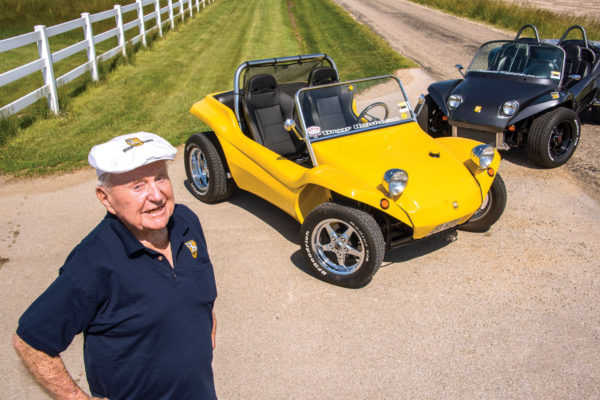
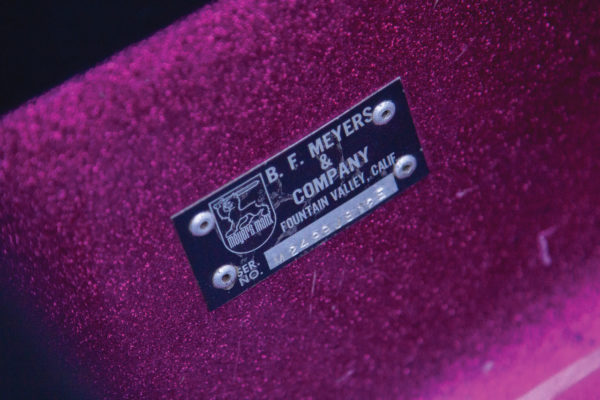

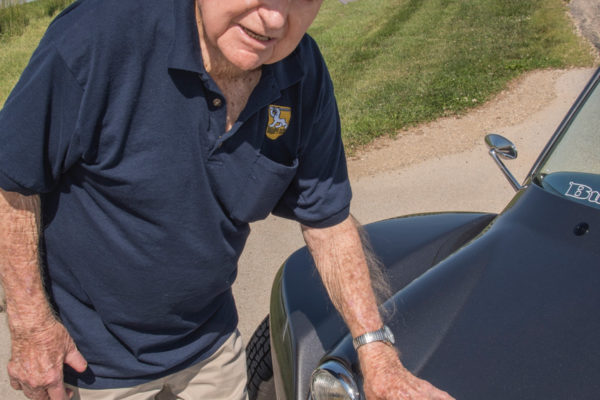
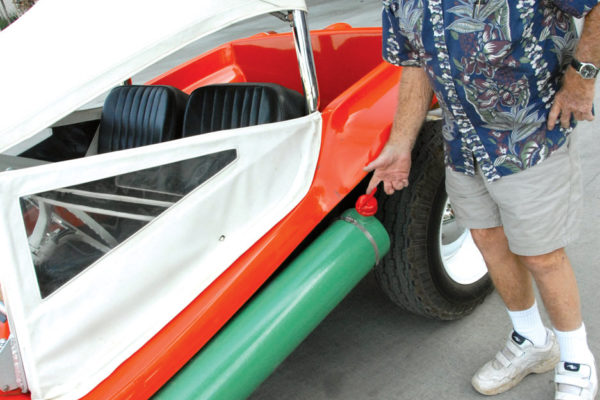
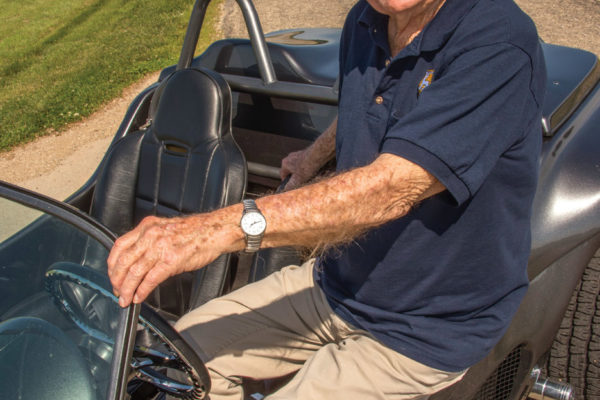
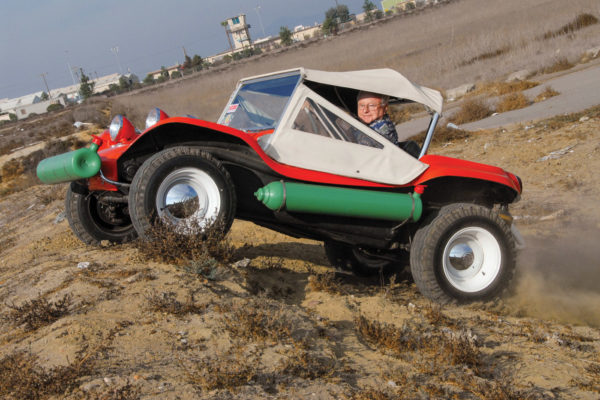
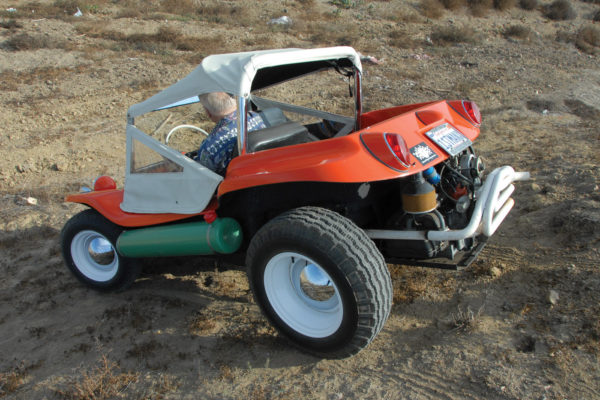
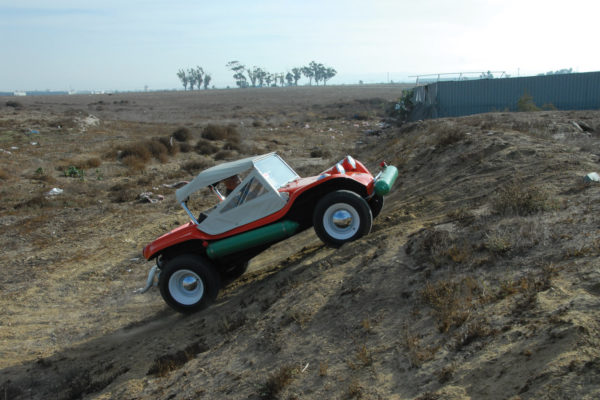
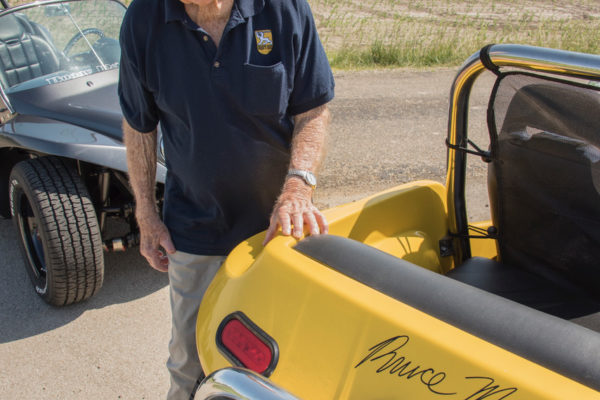
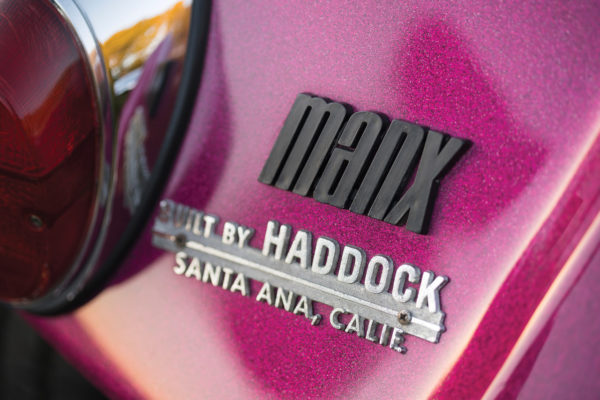
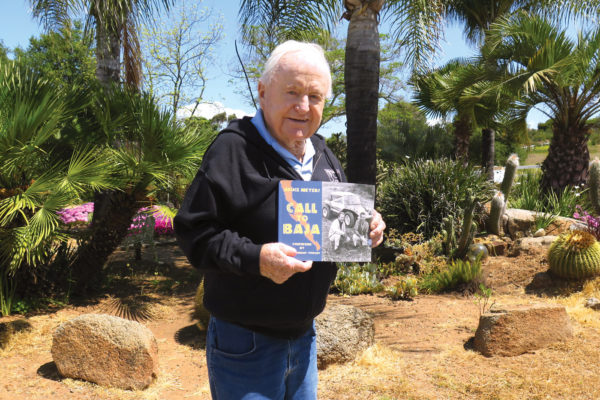
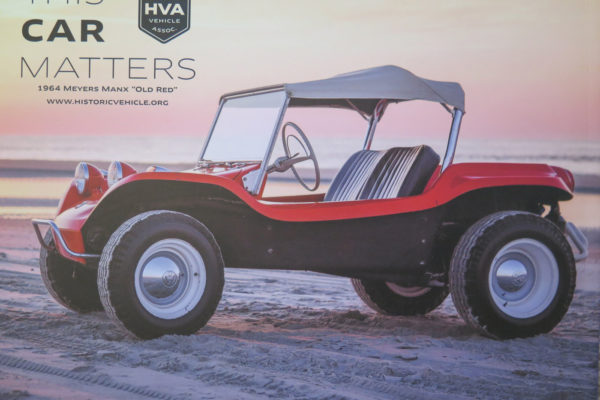
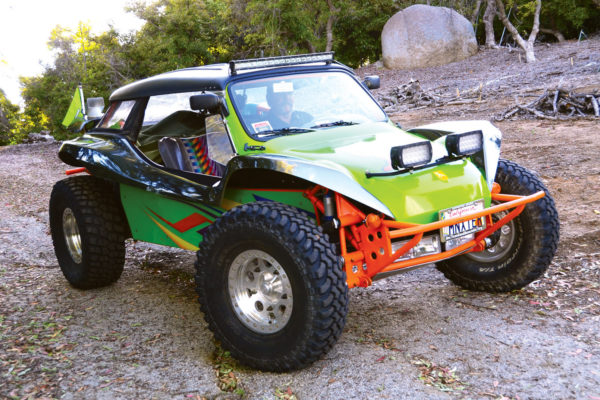
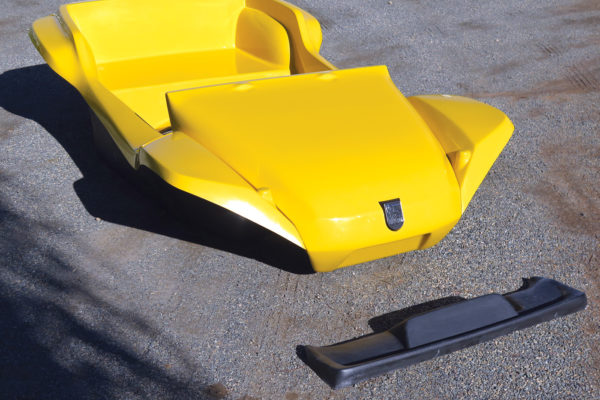
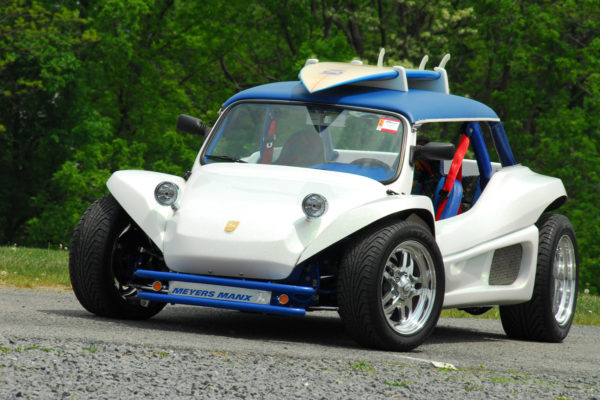
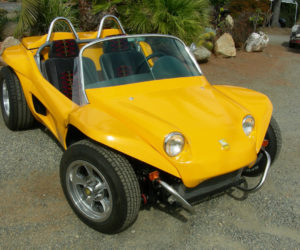
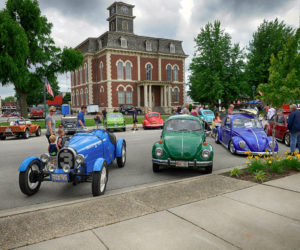

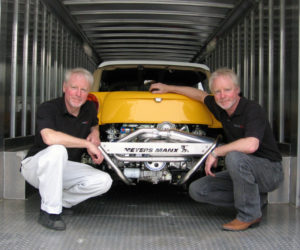
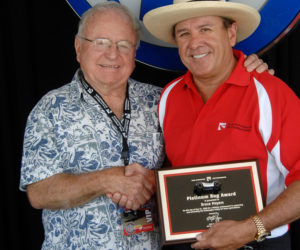





Comments for: Remembering Bruce Meyers
comments powered by Disqus